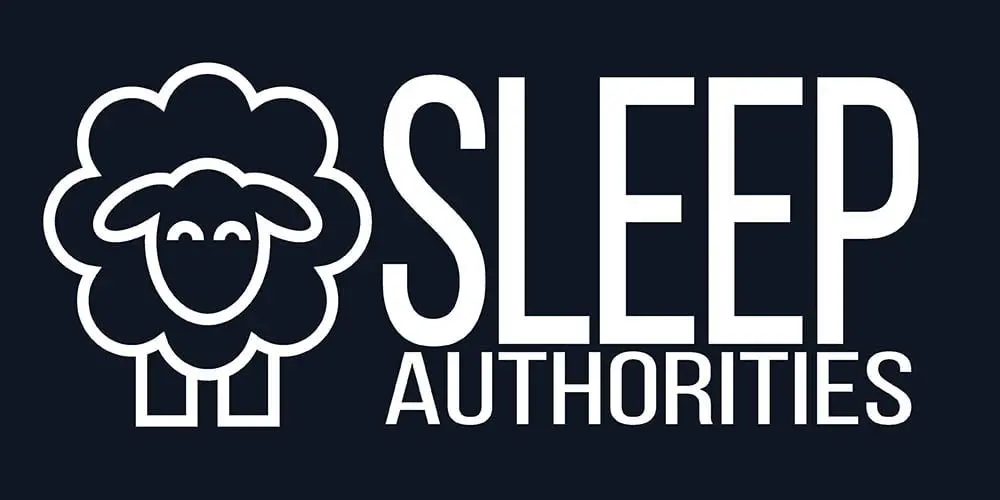Singapore Assurance Package 2025 – S$700 Payout + Benefits Explained
As the cost of living continues to rise, the Singapore Government is taking proactive steps to support households through its Assurance Package (AP) for 2025. A key highlight of this year’s package is the S$700 cash payout that will be distributed in December 2025 to eligible Singaporeans. But that’s not all—additional support measures such as … Read more
